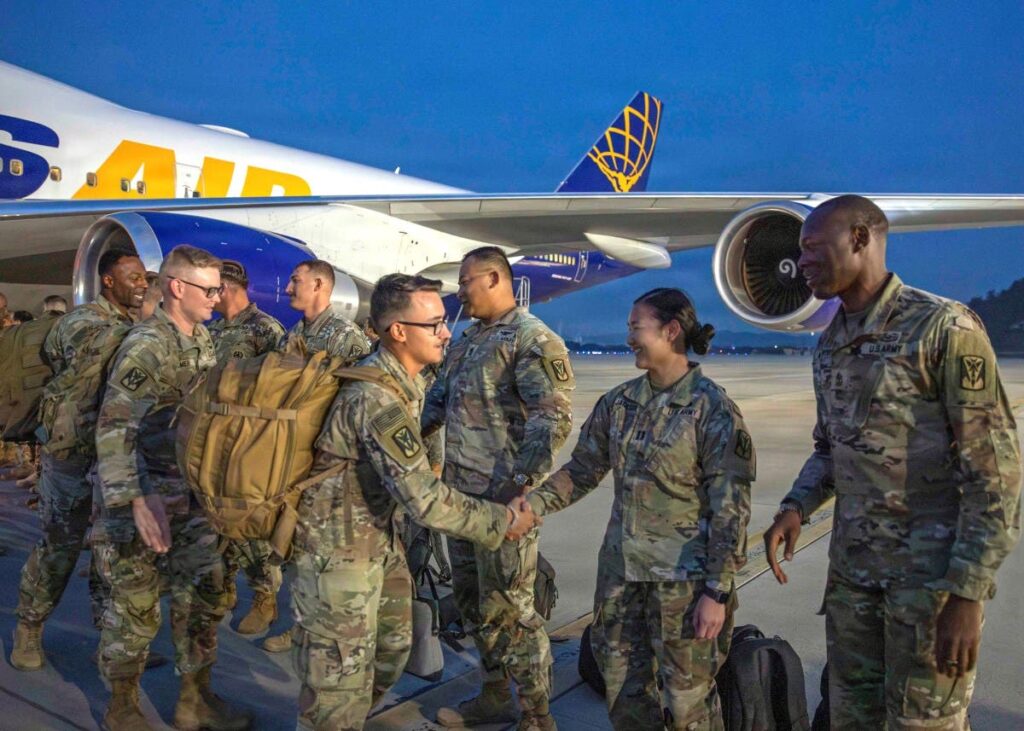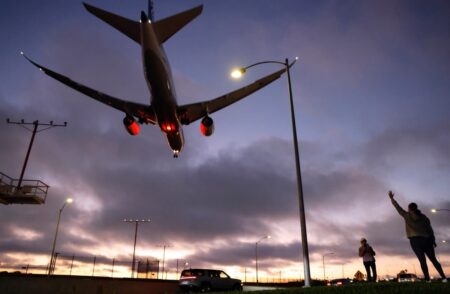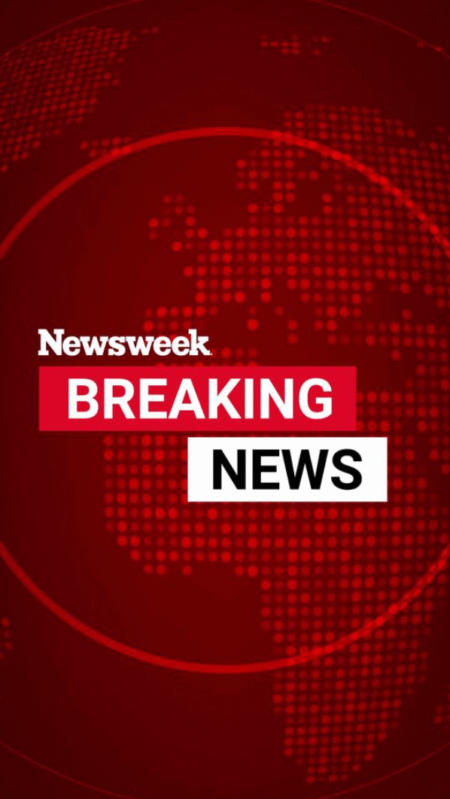A United States Patriot air defense unit has returned to the Korean Peninsula after defending against Iran’s missile strike this summer, gaining “invaluable” combat experience as it continues its mission to protect South Korea from North Korea’s threat.
Newsweek reached out to the North Korean Embassy in Beijing via email for comment.
Why It Matters
The U.S. military has deployed about 28,500 troops, along with Patriot missile systems, fighter aircraft and other weapons, in South Korea under a mutual defense treaty signed in 1953 after the Korean War, serving as a deterrent against North Korean aggression.
As North Korea rapidly expands its missile force, the U.S. is building a multilayer air defense network to protect South Korea, including the Terminal High Altitude Area Defense (THAAD) system and the Indirect Fire Protection Capability (IFPC), in addition to the Patriot system.
After the U.S. bombing of its nuclear facilities, Iran retaliated by launching missiles at Al Udeid Air Base, a key U.S. military base in Qatar, in June. The Pentagon later revealed that the base was defended by 44 Patriot crews deployed from South Korea and Japan.
What To Know
In a Wednesday press release, the U.S. Forces Korea said U.S. Army soldiers of the 2nd Battalion, 1st Air Defense Artillery Regiment returned to Osan Air Base in South Korea on October 30, following their “successful deployment” to the Middle East.
The unit has been tasked with defending South Korea as part of the 35th Air Defense Artillery Brigade since 2004, utilizing the Patriot system, a ground-based missile defense system against tactical ballistic missiles, cruise missiles, drones, aircraft, and other threats.
In March, the South Korea-based Patriot soldiers received short-notice orders for deployment in U.S. Central Command’s area of responsibility in the Middle East, providing “critical air and missile defense” for key American and coalition assets.
Lieutenant Colonel Ashley Hahn, commander of the 2nd Battalion, 1st Air Defense Artillery Regiment, said the unit faced an array of threats in the Middle East, which will contribute to air defense planning, decision-making and operations in South Korea.
“The events in June 2025 tested our soldiers and leaders, and they learned how to win in the most consequential situations,” the commander said, adding that the unit brought lessons back to enhance its combat capability and readiness on the Korean Peninsula.
Describing the Patriot unit’s experience in the Middle East’s complex environment as “invaluable,” U.S. Forces Korea said that it would enhance integration with its South Korean counterpart, refine its defensive posture, and maintain a ready and postured force.
Having concluded its deployment to the front line, the 2nd Battalion, 1st Air Defense Artillery Regiment resumed its original responsibility: defending against North Korean threats and safeguarding the priorities of the South Korea-U.S. Combined Forces Command.
What People Are Saying
U.S. Army Lieutenant Colonel Ashley Hahn, commander of the 2nd Battalion, 1st Air Defense Artillery Regiment, said in a press release on Wednesday: “I personally only had about three weeks in Korea before deploying, but I know that being mission ready to ‘Fight Tonight’ ensured the battalion was prepared to execute any mission, anywhere, with minimal notice.”
U.S. Army Staff Sergeant Samuel Komolafenath, a battle non-commissioned officer with the 2nd Battalion, 1st Air Defense Artillery Regiment, said in a press release on Wednesday: “This deployment provided a great opportunity to engage in real-world operations and gain experience that demanded constant focus and discipline. The knowledge and skills we gained have strengthened our readiness and technical proficiency.”
What Happens Next
The U.S. military is expected to continue rotating its Patriot units based in South Korea and Japan for temporary deployment in the Middle East, as Iran has reportedly received support from China in rebuilding its missile program.
Read the full article here














